11 Outdoor Jobs to Wrap Up Before Freezing Temperatures Arrive
As the cold weather approaches, it’s important to tackle a few key outdoor tasks to protect your property, equipment, and plants from the harsh winter conditions. Taking action now can prevent damage and ensure everything stays in good shape until spring. Whether it’s preparing your garden, securing your home, or maintaining outdoor equipment, completing these tasks before freezing temperatures set in will save you time and money down the road.
This post may contain affiliate links, which helps keep this content free. Please read our disclosure for more info.
Winterize Your Garden Irrigation System

Before freezing temperatures arrive, it’s crucial to prepare your garden irrigation system to avoid potential damage. If water remains in the pipes when temperatures drop, it can freeze and cause the pipes to expand and crack, leading to costly repairs. To prevent this, start by draining the entire system to ensure there is no water left in the pipes or sprinkler heads. Disconnect the hoses and store them in a dry area to prevent freezing. If possible, use compressed air to blow out any remaining water from the system for added protection.
In addition to draining the system, consider insulating any exposed pipes that might be vulnerable to the cold. Wrapping them in foam pipe insulation or heat tape can prevent them from freezing, especially during prolonged cold spells. For irrigation systems with automatic timers, be sure to turn off the water supply and disconnect the power to the timer to avoid damage. By taking these steps, you can prevent expensive repairs and ensure your irrigation system is ready to go once the warmer months arrive.
Clean and Store Garden Tools

Cleaning and properly storing your garden tools is an important task to complete before the cold weather sets in. After a season of use, garden tools can accumulate dirt, sap, and rust, which can deteriorate their condition if left untreated. Begin by scrubbing tools with a wire brush to remove any debris, then use a cloth to wipe them down thoroughly. Once the tools are clean, sharpen blades and edges to ensure they are ready for the next season. Pay extra attention to removing any moisture from the tools to prevent rust buildup during the winter months.
Proper storage is just as crucial as cleaning your tools. Storing your garden tools in a dry, sheltered area will protect them from the elements and prevent rusting. A shed or garage with a temperature-controlled environment works best for keeping tools in optimal condition. If you don’t have a suitable storage space, consider hanging the tools off the ground to prevent them from coming into contact with moisture. Taking these steps will ensure your tools last longer and are in top shape when the next growing season begins.
Seal Gaps and Cracks Around Windows and Doors

Before winter arrives, it’s a good idea to inspect your home for any gaps or cracks around windows and doors. These small openings can allow freezing air to enter, making it harder to keep your home warm and increasing your heating costs. Use weatherstripping to seal the edges of doors and windows, ensuring that drafts are minimized. For any larger gaps, apply caulking or foam sealant to block out the cold air and improve your home’s energy efficiency. This simple step can prevent unnecessary heat loss and help maintain a comfortable temperature indoors.
Sealing gaps around windows and doors also helps protect your home from moisture that could lead to mold growth. As the temperature drops, condensation may form around poorly sealed areas, especially in colder months. This can lead to water damage over time if not addressed. Sealing these cracks also ensures that pests are less likely to enter your home, seeking warmth during the winter. By taking time to seal gaps before freezing weather arrives, you not only improve energy efficiency but also protect your home from potential cold-related damage.
Fertilize Your Lawn
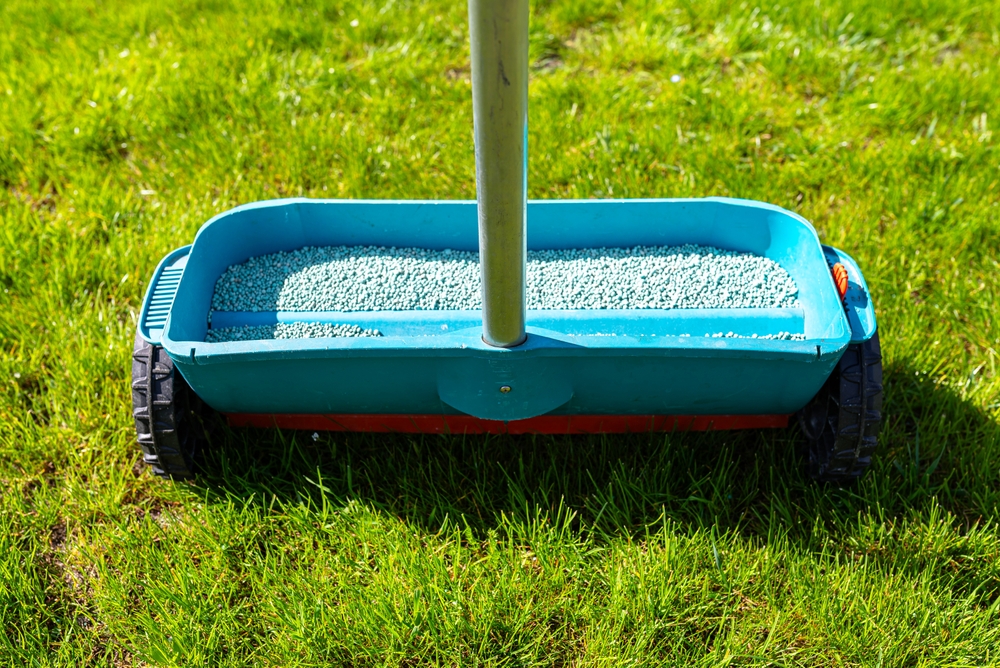
Fertilizing your lawn before the onset of freezing temperatures is an important step to help your grass thrive during the winter months. Lawn care experts recommend applying a winterizer fertilizer that is high in potassium and phosphorus. These nutrients help strengthen the grass roots, preparing them to endure the cold weather. It’s best to apply fertilizer when the grass is still actively growing, but before the ground freezes, to ensure the roots can absorb the nutrients. This will give your lawn the best chance of surviving through the winter and growing healthy when spring returns.
In addition to providing essential nutrients, fertilizing your lawn before freezing temperatures can help it recover faster in the spring. The nutrients in winter fertilizers promote root development and improve the overall resilience of your lawn. Even though the grass may appear dormant during the winter, it is still absorbing nutrients that will support growth once temperatures rise. By completing this task in the fall, you can ensure that your lawn is healthier and ready to handle the challenges of the colder months.
Clean Gutters and Downspouts
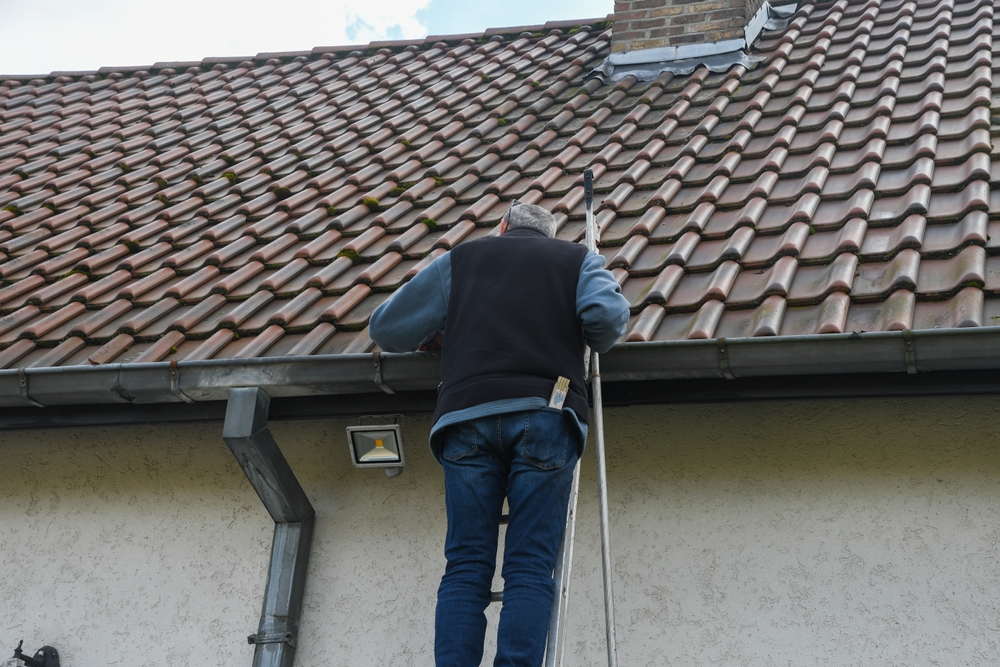
Cleaning your gutters and downspouts is an often-overlooked task that should be completed before freezing temperatures arrive. Leaves, twigs, and other debris can clog gutters, preventing water from flowing properly. When temperatures drop, this trapped water can freeze, causing the gutters to expand and potentially crack or pull away from the roof. To avoid damage, clear out all debris from your gutters and downspouts. It’s also a good idea to flush the system with water to make sure everything is draining properly before the freeze.
In addition to preventing damage to your gutters, cleaning them before the winter months helps protect your home from water damage. Clogged gutters can cause water to overflow and seep into the foundation, leading to leaks, mold, and erosion around your home. By taking the time to clean and inspect your gutters, you ensure that they function properly when heavy rain or snow arrives. This simple task can save you from costly repairs and protect your home from winter-related issues.
Trim Dead or Overgrown Branches

Trimming dead or overgrown branches before winter sets in is a crucial task to prevent property damage during storms. Winter winds, snow, and ice can place extra weight on tree branches, especially if they are already weak or damaged. Overhanging branches can also cause harm to your roof, power lines, or other structures. By trimming back these branches, you reduce the risk of them breaking or falling, potentially saving your home or vehicles from damage. Additionally, cutting back branches allows for better air circulation around your trees and reduces the chance of disease spread.
Trimming branches also encourages healthy tree growth for the next season. When you remove dead or diseased limbs, you help the tree direct its energy toward producing strong, new growth. This promotes a healthier canopy and improves the tree’s overall appearance and vitality. Trimming branches before the cold weather arrives is especially important for trees that are already stressed from the growing season, as it helps them recover and better withstand the harsh winter conditions.
Insulate Outdoor Faucets and Pipes
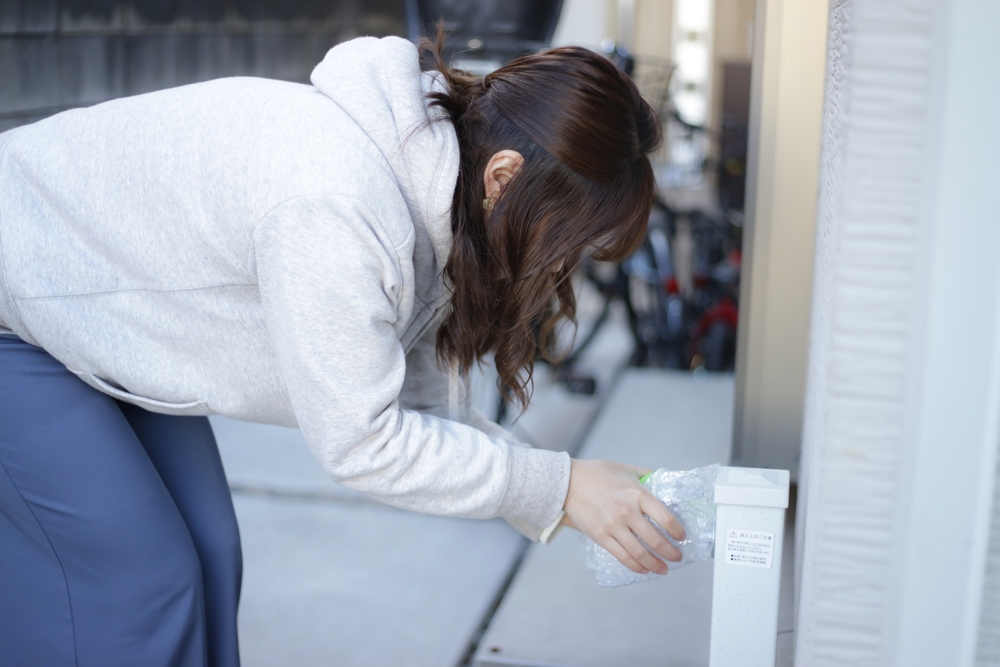
Before freezing temperatures set in, insulating outdoor faucets and pipes is one of the most effective ways to prevent water damage. When temperatures drop, water left in exposed pipes can freeze, expand, and cause the pipes to crack or burst. Wrapping outdoor faucets with foam covers or insulating the pipes with foam tubes will protect them from the cold. Be sure to check for any leaks or weak spots in the pipes before insulating, as these issues can worsen over time. By taking this precaution, you ensure that your plumbing remains intact through the winter.
Additionally, it’s important to turn off the water supply to exterior faucets and drain any remaining water before winter arrives. This will help reduce the risk of freezing and prevent the need for repairs come spring. Insulating pipes and faucets is a simple yet effective task that can save you from costly plumbing issues. If you live in an area with especially cold winters, consider adding extra insulation around the pipes or installing frost-proof outdoor faucets for added protection.
Prepare Outdoor Furniture for Winter
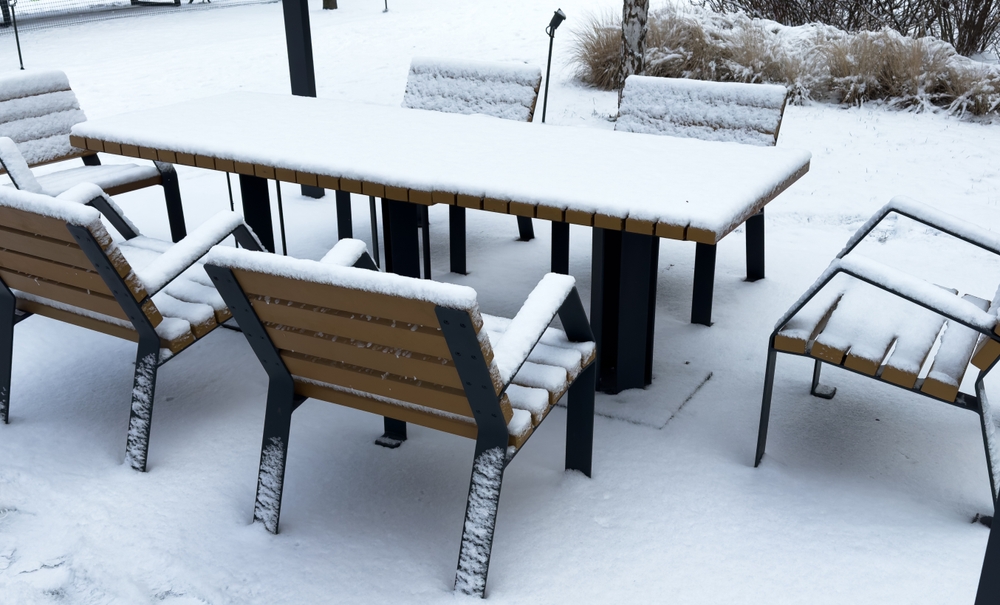
Outdoor furniture is vulnerable to the harsh winter conditions, so it’s important to properly prepare it before the cold weather arrives. Rain, snow, and ice can cause rusting, fading, and deterioration of materials like wood, metal, and fabric. To protect your furniture, clean it thoroughly to remove dirt and debris. For wooden furniture, apply a protective sealant to prevent moisture from seeping in and causing warping or rot. Metal furniture can benefit from a coat of rust-resistant paint, while cushions and fabric pieces should be stored indoors or covered to prevent mold and mildew buildup.
For larger furniture that cannot be stored indoors, consider using heavy-duty covers to protect it from the elements. These covers will shield your furniture from snow, ice, and rain while also preventing dirt from accumulating. Additionally, raising the furniture off the ground, if possible, will help it avoid direct contact with snow or water, which can cause damage. Taking these steps ensures that your outdoor furniture remains in good condition and is ready for use when the warmer months return.
Rake and Remove Leaves from the Yard
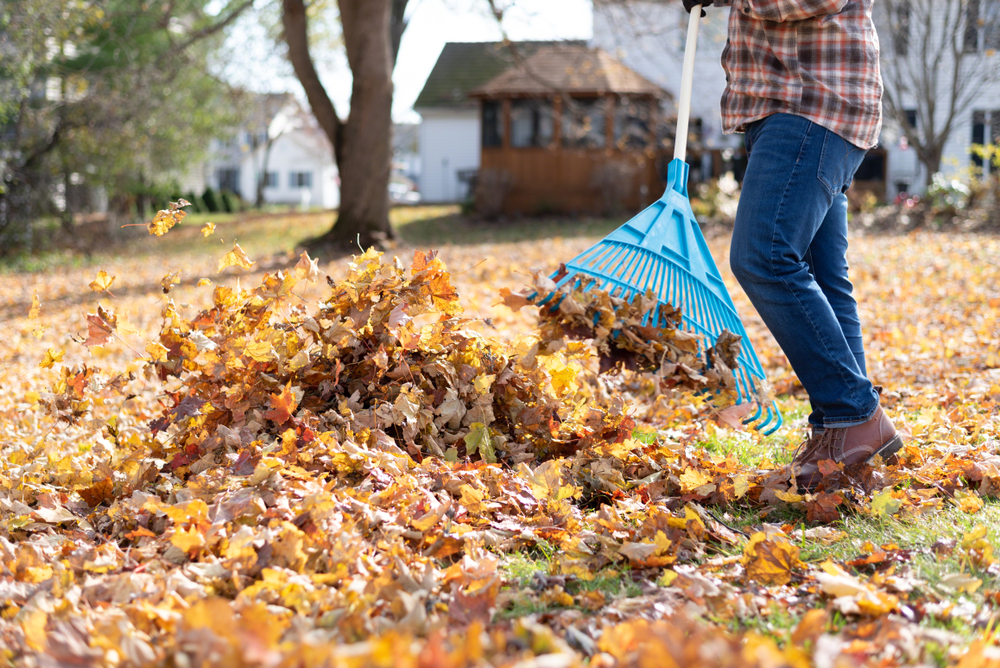
As the fall season progresses, leaves begin to pile up in the yard, and it’s essential to remove them before freezing temperatures arrive. If left on the ground, wet leaves can create a soggy, compacted mess that can suffocate the grass, leading to fungal growth and lawn damage. Additionally, rotting leaves can attract pests and insects that may seek shelter in your yard during the winter months. Raking the leaves and disposing of them properly prevents these issues and keeps your yard looking neat and healthy.
Raking leaves also prevents the formation of slippery spots in your yard when the snow begins to fall. Accumulated leaves can trap moisture, creating ice patches on walkways, driveways, and lawns. By removing the leaves, you reduce the chances of dangerous slipping hazards around your property. This simple task also prepares your lawn for winter, allowing it to breathe and stay healthy throughout the colder months.
Check and Repair Fencing
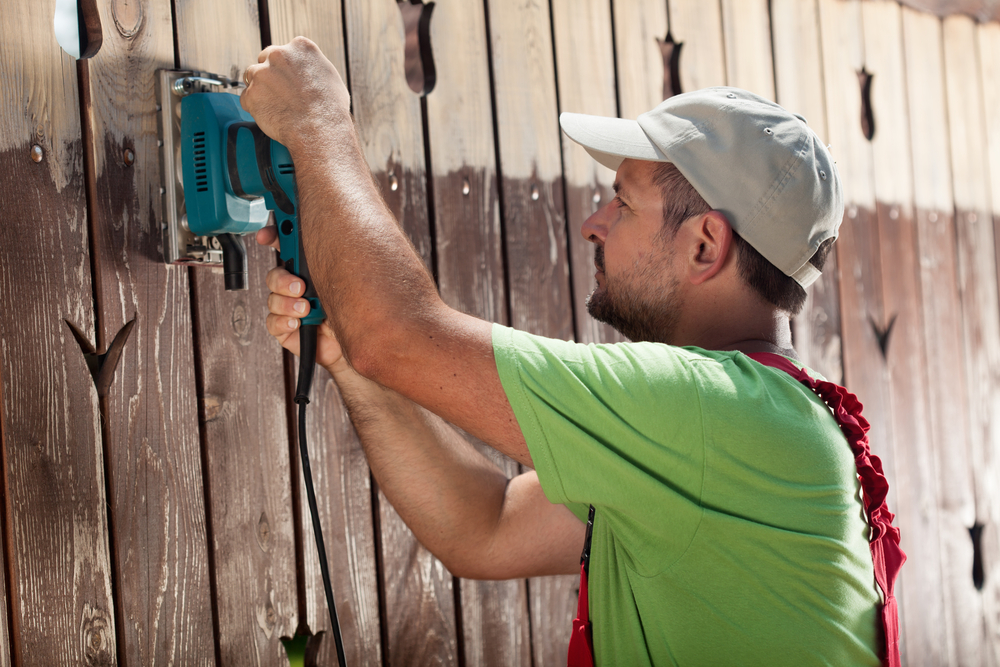
Before winter arrives, it is important to check the condition of your fencing to prevent damage from storms, snow, and ice. Over time, fences can weaken, sag, or develop cracks, especially with the wear and tear caused by the changing seasons. Inspect the entire fence for any loose posts, broken rails, or damaged panels. If repairs are needed, fix or replace the broken sections to prevent further damage. A sturdy, well-maintained fence will not only add security to your property but also protect your plants and garden from harsh winter conditions.
A strong fence is also important for keeping animals and pests out during the colder months. Small gaps or loose boards in the fence can create entry points for animals seeking shelter or food, which could cause damage to your property. Checking and repairing your fence before freezing temperatures set in ensures that it stays intact throughout the winter, providing protection and maintaining the privacy of your yard. A little maintenance now can save you from costly repairs later on.
Protect Trees and Shrubs with Mulch
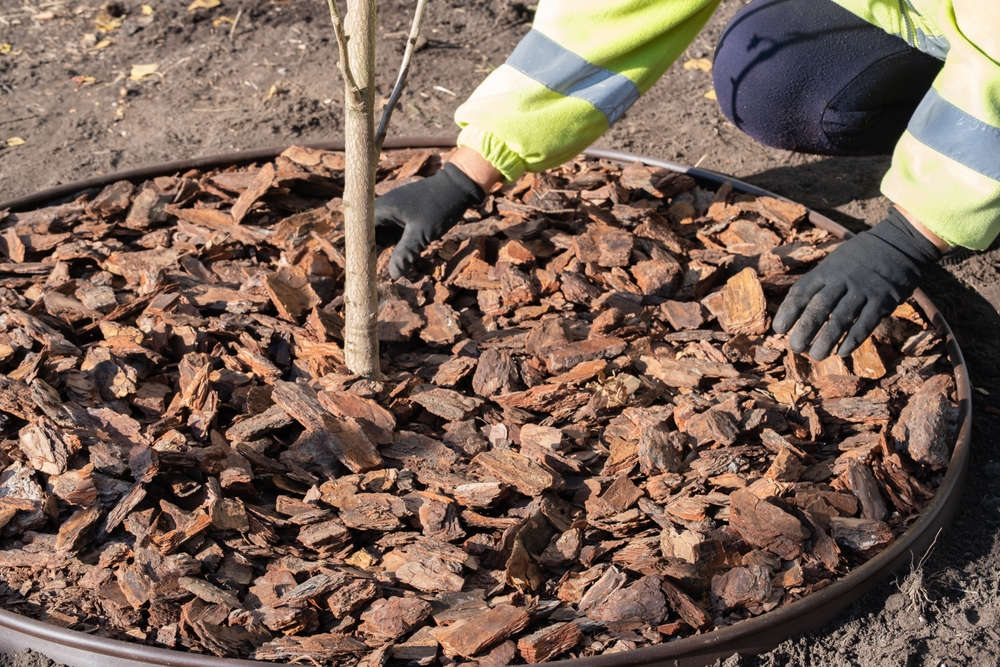
Before the first frost hits, applying mulch around trees and shrubs helps protect their roots from freezing. A thick layer of mulch acts as an insulating blanket, regulating soil temperature and preventing frost from reaching the roots. It also helps retain moisture, ensuring that your plants stay hydrated during the winter months. Apply mulch around the base of your trees and shrubs, keeping it a few inches away from the trunks to prevent moisture buildup that could lead to rot.
In addition to protecting plant roots, mulch can also prevent soil erosion during winter rains and snowmelt. As the weather changes, the ground can become saturated and prone to shifting. Mulch helps keep the soil in place and reduces the risk of erosion, particularly on sloped areas. It also keeps weeds at bay, allowing your plants to thrive in the spring. Taking this step will ensure that your trees and shrubs are well-protected and in good health throughout the colder months.
This article originally appeared on Avocadu.
